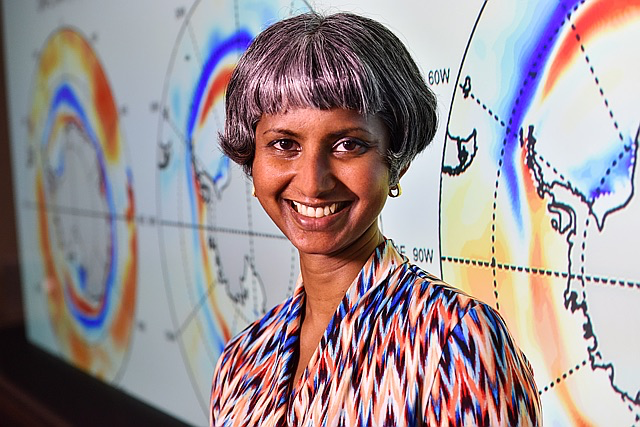Uncertainty in Preindustrial Global Ocean Initialization Can Yield Irreducible Uncertainty in Southern Ocean Surface Climate
Published in Journal of Climate, 2023
Abstract: How do ocean initial states impact historical and future climate projections in Earth system models? To answer this question, we use the 50-member Canadian Earth System Model (CanESM2) large ensemble, in which individual ensemble members are initialized using a combination of different oceanic initial states and atmospheric microperturbations. We show that global ocean heat content anomalies associated with the different ocean initial states, particularly differences in deep ocean heat content due to ocean drift, persist from initialization at year 1950 through the end of the simulations at year 2100. We also find that these anomalies most readily impact surface climate over the Southern Ocean. Differences in ocean initial states affect Southern Ocean surface climate because persistent deep ocean temperature anomalies upwell along sloping isopycnal surfaces that delineate neighboring branches of the upper and lower cells of the global meridional overturning circulation. As a result, up to a quarter of the ensemble variance in Southern Ocean turbulent heat fluxes, heat uptake, and surface temperature trends can be traced to variance in the ocean initial state, notably deep ocean temperature differences of order 0.1 K due to model drift. Such a discernible impact of varying ocean initial conditions on ensemble variance over the Southern Ocean is evident throughout the full 150 simulation years of the ensemble, even though upper ocean temperature anomalies due to varying ocean initial conditions rapidly dissipate over the first two decades of model integration over much of the rest of the globe.
Recommended citation: Singh HA, Goldenson N, Fyfe JC, and Polvani LM. (2023). "Uncertainty in Preindustrial Global Ocean Initialization Can Yield Irreducible Uncertainty in Southern Ocean Surface Climate", Journal of Climate, 36 (2), pp 383-403, doi: 10.1175/JCLI-D-21-0176.1.
